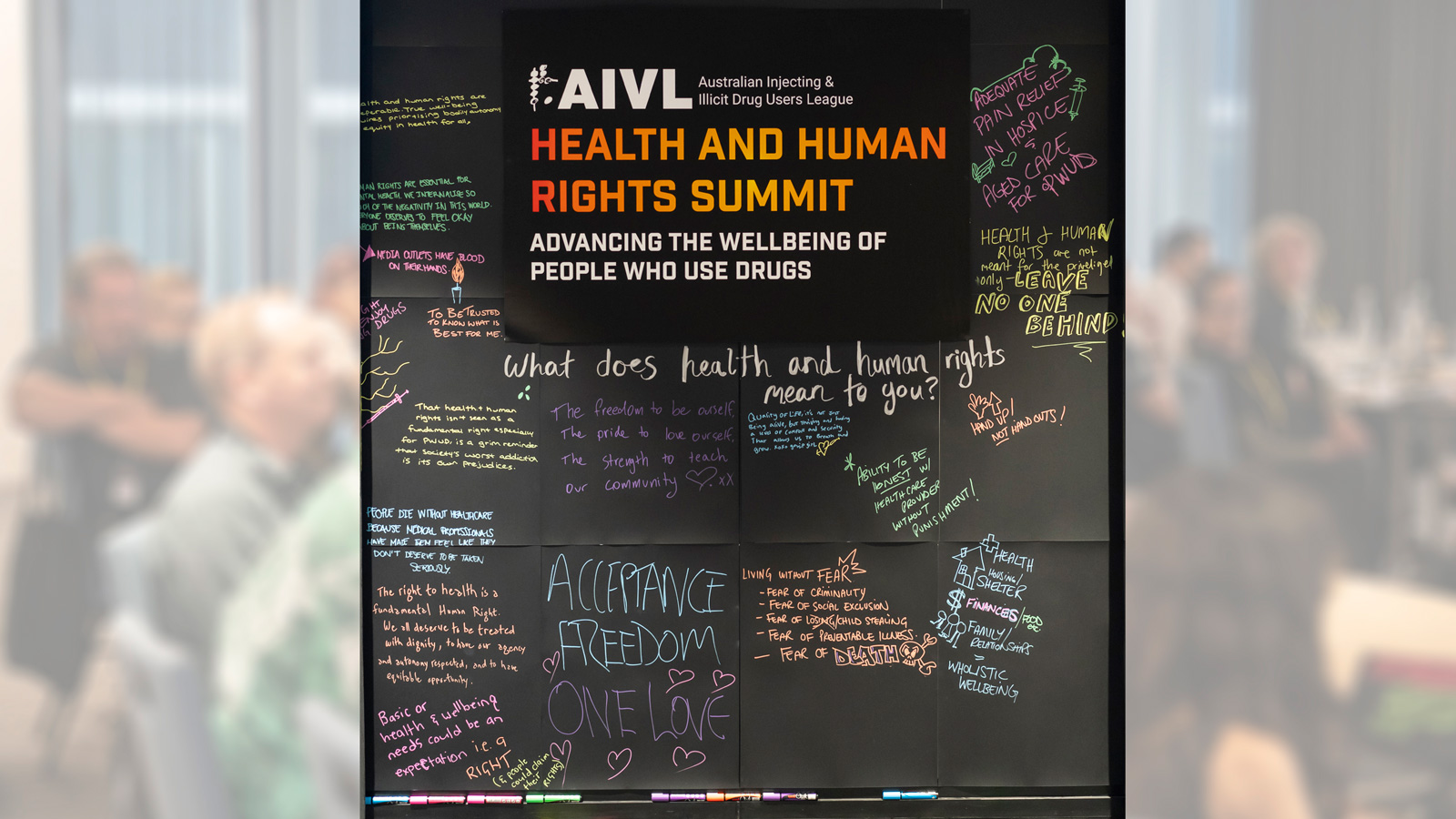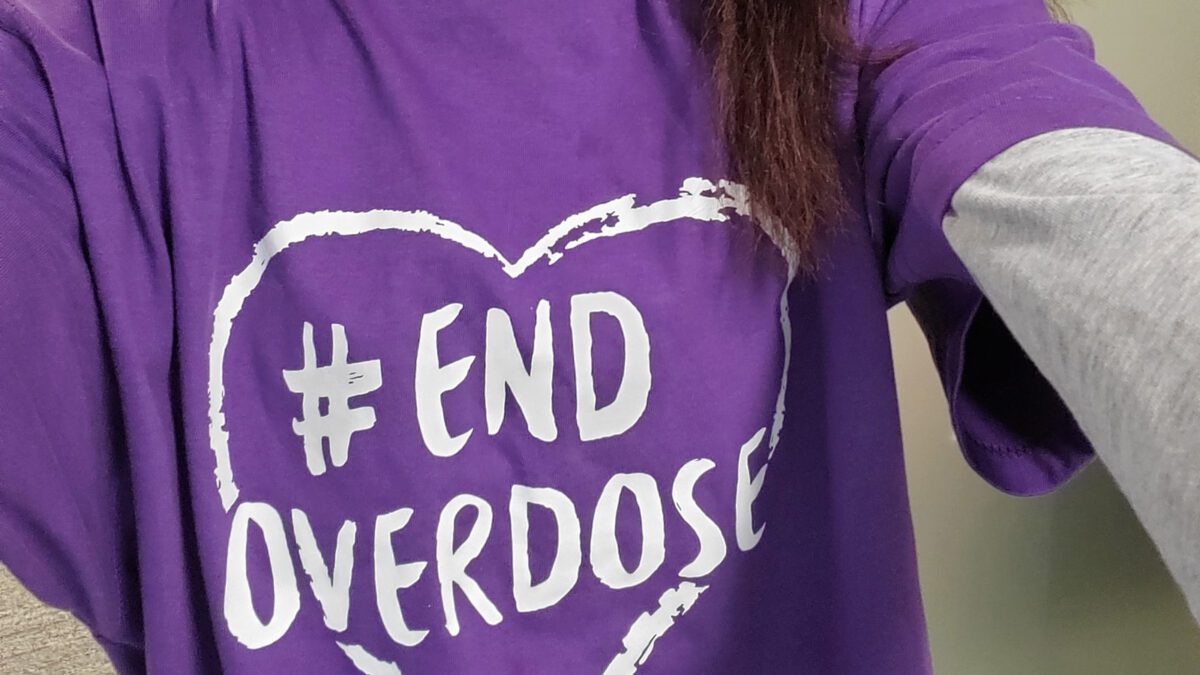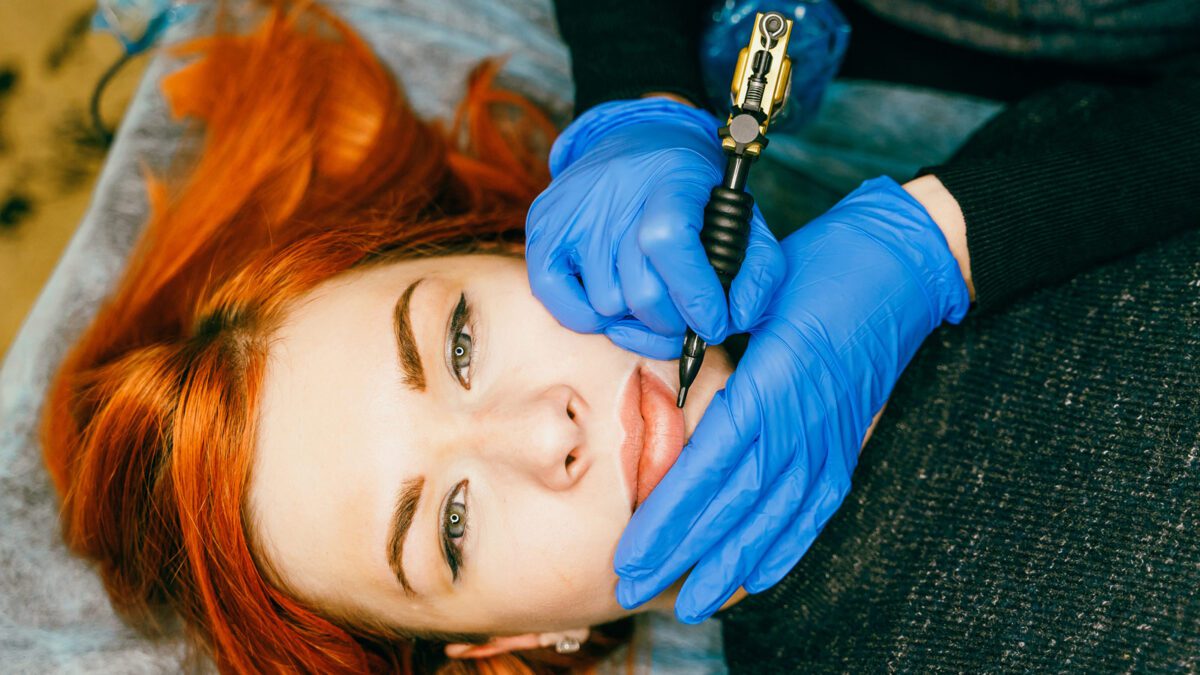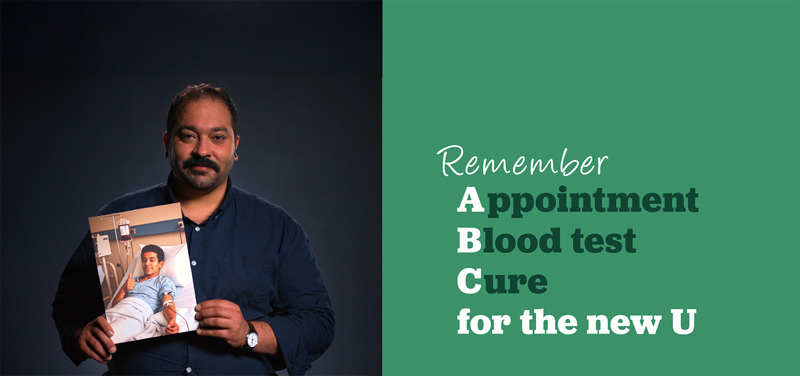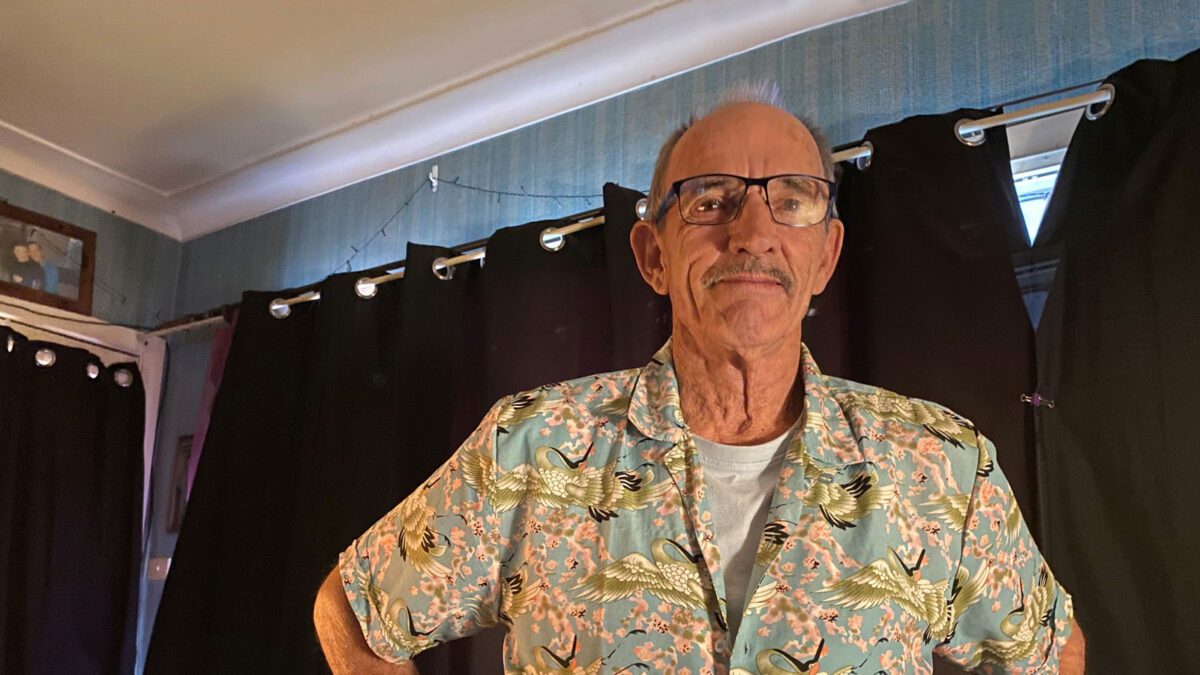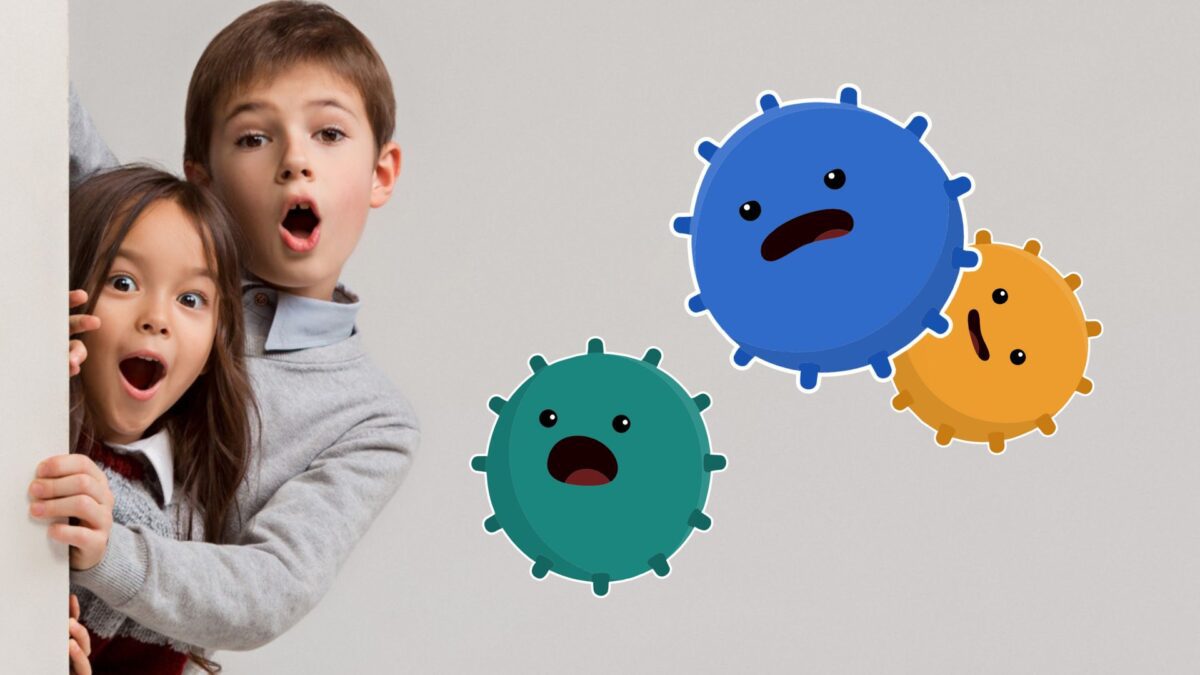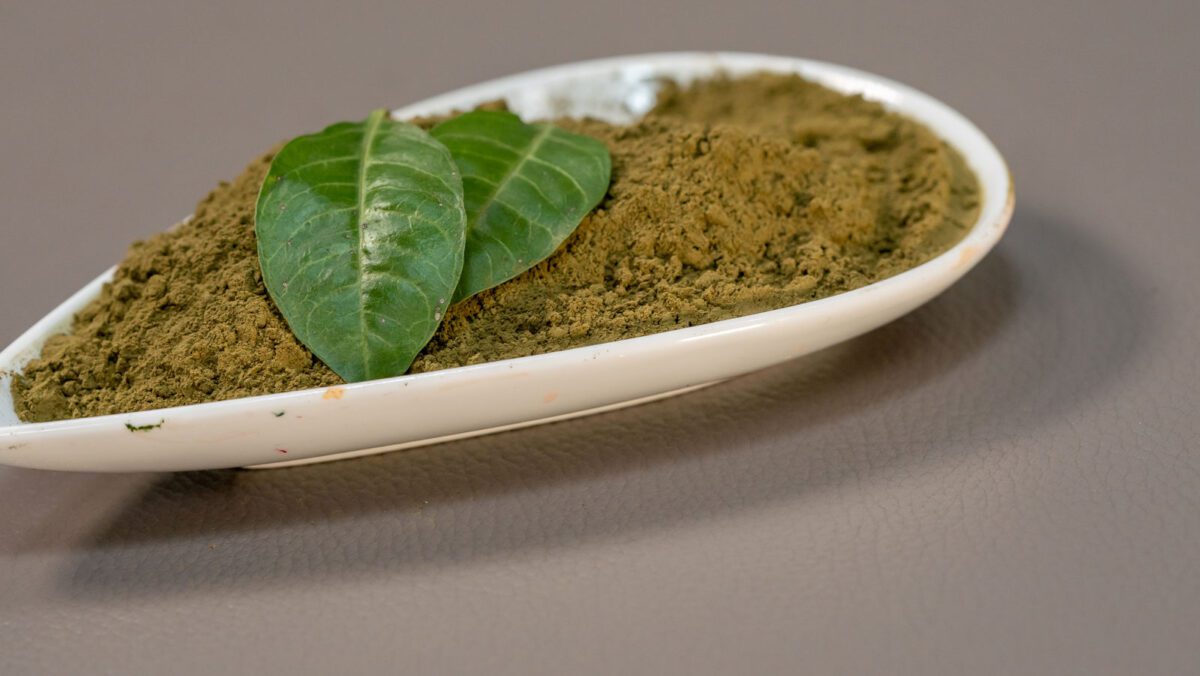By Margie Randle, SAhrps Peer
Plus contributions from the SAhrps team
What a pleasure it was to have the Australian Injecting and Illicit Drug User League (AIVL) AGM and Summit held in Adelaide (9-11 December, 2024). In the past we have gone to Canberra because that’s where the AIVL offices were situated. Much as I like Canberra, we needed somewhere fresh, and Adelaide turned out to be perfect.
When people asked me what to do in their spare time, I said that during the day they should go to the Art Gallery, and in the evening the Botanic Gardens has a glass sculpture exhibition by Dale Chihuly on. Everyone was so excited to access these amazing places within a five-minute walk. As you may know, going to these AGMs and summits do not leave a lot of spare time.
I attended the first and third days, because on Tuesday we were filming at Noarlunga, recording peers talking to service users about their experiences at the NSP. We filmed peers talking to me as well, and to be honest that wasn’t great. I wasn’t in a very good mood, and I think that came across loud and clear! But it must have turned out well in the end because the first photo you see on the AIVL website is one of our clients!
“I always enjoy the atmosphere of AIVL AGM’s. The lack of judgement, how friendly everybody from all round Australia are, how helpful leaves a most pleasant feeling. It’s an uplifting environment. My favourite was the talk by the Portuguese delegates from Groups of Activists in Treatment.” – Penni Moore
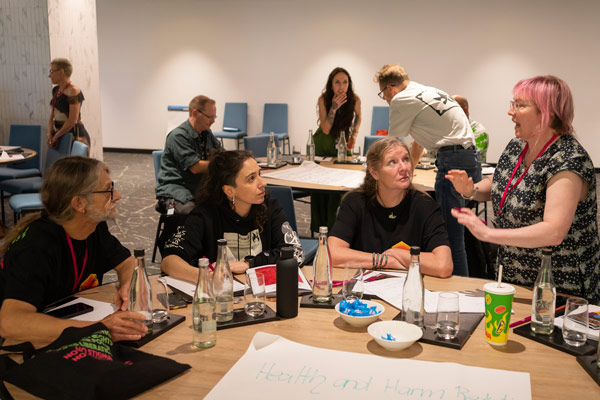
On the first day of the summit, the Monday, two members from the Group of Activists in Treatment (GAT) from Portugal, who were supposed to speak, hadn’t arrived but with some reshuffling of speakers who were present, we were ready to go.
My favourite part of the day was called ‘Setting the Scene: What are our asks for the next 5 years?’, which I liked because we worked with each other to talk about what we want and our expectations. This was done in groups, on butcher’s paper, with many heated discussions about what we want and is it even worth writing it down because it will probably never happen.
“After COVID held us all apart for so long the importance of these events seems even greater – sharing information and knowledge is a core part of how we can improve our services, helping us provide new information and tools for our community.” – Justin
Everybody wrote down ‘Respect’: we need to stop discrimination as it physically hurts people and would not be tolerated in any other community. Why is it OK to treat drug users badly? We want the government to stop providing mere lip service to ideas about harm reduction and to actually put more money into real evidence-based harm reduction.
The Australian government formulated harm minimisation as a central part of its national drug policy in 1998, more than a quarter-century ago (the three pillars of the policy are supply reduction, demand reduction, and harm reduction). But harm reduction gets a mere scraping of the available funding. And peer education is one of the most important aspects of harm reduction, yet the government turns its back on us.
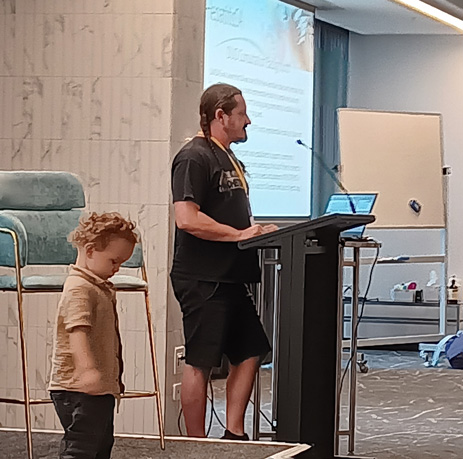
‘What are our asks?’ will be made in to a document for AIVL and everybody else to work on. Keeping us all connected and on the same page is so very important. We have only ever got anywhere by working in solidarity with each other.
“All attendees got the chance to submit opinions for where AIVL should go from here. The acceptance, equitable input for strategic planning and summaries, combined with the event being in Adelaide, gave me increased feelings of solidarity and keenness to continue to operate with as much positivity as possible in my role.” – Penni
Hepatitis SA Peer, Justin, did a presentation about getting a drug user organisation off the ground in South Australia. We’ve never had one. We have had peer projects and services attached to other organisations, but we have not had one funded by the government to do projects and advocate on its own behalf. What a sterling job Justin did! I was so proud of him because, if it was me, I would be a sweaty, dry-mouthed babbler. It was also interesting to hear from people in other states who didn’t realise SA had never had a drug user organisation.
Tuesday night was the cocktail party—these events are where people relax and introduce themselves to each other. It was also awards night, and it turned out I got the National Peer of the Year award! It was one huge surprise. I did not have a clue.
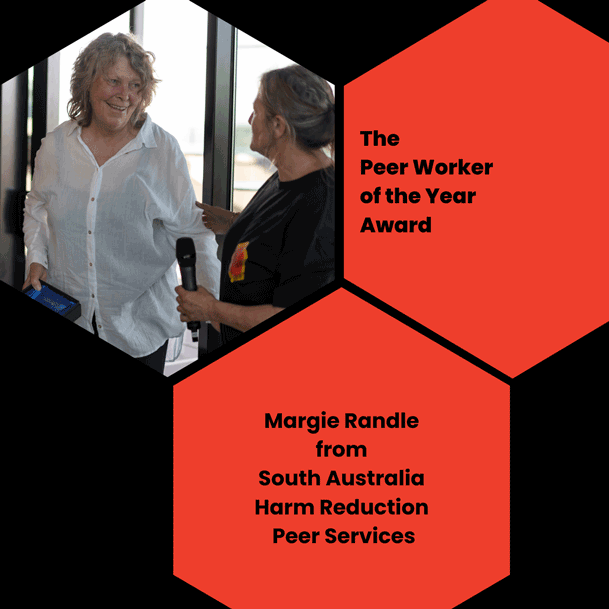
Well done Carol and Fiona on getting me to the cocktail party. I just thought they were being pushy or just weird. I am still shocked by this award, but am very grateful.
There was a photo booth, so after a few drinks that was a popular spot to be. It was a balmy night, and I was happy to be outside, beside the pool, watching as the fruit bats took their nightly flight from the Botanic Gardens. I think everybody had a great night. I know I did.
Wednesday came and, if I am honest, I was feeling a bit exhausted. Listening to people presenting all day can be quite difficult. Fortunately, the two delegates from GAT in Portugal had arrived by then and they injected fresh energy into the day with their presentations.
“It’s a great opportunity to be inspired. From the incredible drug checking systems which Queensland, Victoria, the ACT, and soon NSW, have got up and running, despite heavy opposition, to the incredible work done by GAT in Portugal. They show us what is possible when people and organisations come to together to break down the barriers of stigma and discrimination that impact drug users every day.” – Justin
João Santa Maria is a peer worker and co-coordinator at GAT, and Malu Salazar is a harm reduction worker and also co-coordinator at GAT. It was interesting to hear from them, as Portugal puts itself forward as a country that treats drug users with some respect and not as criminals. This is unfortunately not the whole truth—they spoke about the high level of homelessness in Portugal, and how this affects the drug using community.

GAT have a drug consumption room, unlike the medical model we have here. Australia could learn a lot from GAT about how to engage with people without making them feel like outcasts. They have a small space that feels welcoming, is brightly painted by the community, and shows no hint of anything medical. In that area people can also smoke, so GAT has access to people who don’t inject. Their ‘injecting area’ is just a room with a couple of desks and everything that is needed, and there are no staff standing over you.
“Highlights for me were: Margie being recognised on a national stadium as ‘Peer Worker of the Year’, unveiling the new SAhrps logo on a national forum and the support/response from the AIVL membership, and “One Stop Shop’ for People Who Use Drugs: Peer Led Harm Reduction Service in Lisbon Portugal.” – Fiona
The word ‘treatment’ in the name Group of Activists in Treatment refers to treatment of hepatitis, STIs, HIV, and tuberculosis, not drug treatment. They get people onto treatment, help people with food and emergency assistance, and advocate for people who use drugs. As an NGO, GAT do a huge amount to promote the right for everyone to access health care, no matter who they are. João Santa Maria was a passionate speaker, and even though he was speaking through an interpreter his passion and humour about absurd situations shone through.
The day ended with everybody very tired but happy. It was so good to hear people say Adelaide was the best, the most relaxing AGM/Summit they had been to. Everyone was relaxed—and maybe a little hungover from the cocktail party—but there were smiles all around.
“It was a great conference which covered aspects of discrimination and human rights, a relaxed environment with loads of information sessions and insights into other NSP sites in the country. I found it inspiring and well worth the time and effort.” – Mark
“It was interesting and informative, really good to meet peers from other orgs and the AIVL team members, hearing about their issues and positive impact. It helped me understand the strong reach we have with community.” – Andrea
These meetings are the times we get to network and meet people face to face rather than online, or meet people we never would otherwise. Having the glass art in the botanic gardens was a plus. I took a couple of the Western Australia delegates there and they were so surprised how close and easy it was. Go Adelaide!!
As for me, I would love to get our community to enter the AIVL Art project in 2025 or start doing our own workshops, and I am still in a cloud of happiness that two of our SAhrps peers have been awarded for contributions to the community this year.
Last updated 19 February 2025
More from:
Enjoyed this article? Subscribe to be notified whenever we publish new stories.
Subscribe for Updates
